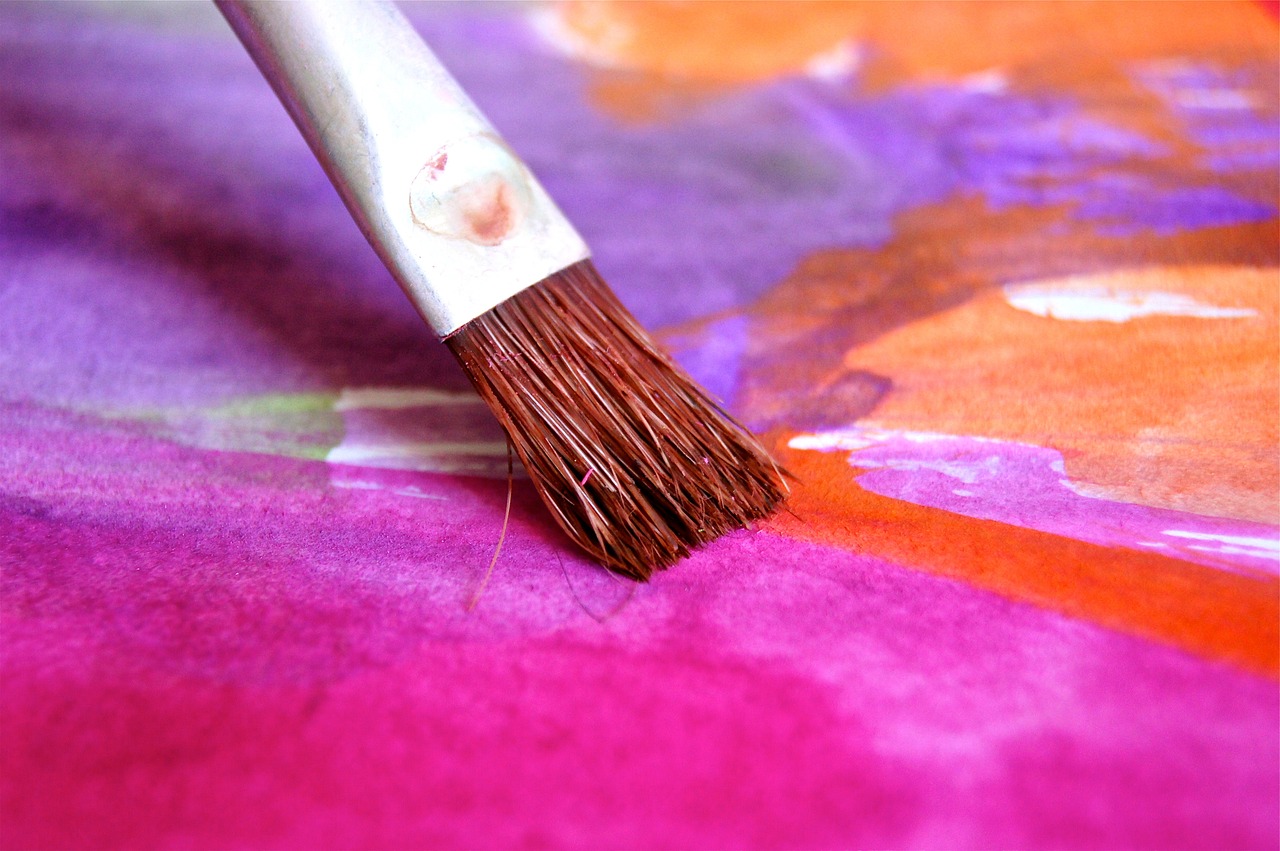
In the creative tapestry of human expression, the threads of art and design are tightly interwoven, each influencing and enriching the other. For design professionals, understanding the symbiotic relationship between these two disciplines is not just a matter of academic inquiry; it’s a pathway to innovation and excellence. This deep-dive exploration will reveal how the realms of art and design intersect, inspire, and drive each other in creating the world around us.
Artistic Inspirations in Design
Design is not created in a vacuum but in constant conversation with the art world. From the Renaissance mantras of beauty and symmetry to the minimalist movements that inspired modern design, historical art trends have shaped design principles and aesthetics. The clean lines of Bauhaus architecture, influenced by abstract art, are just one example of art’s indelible mark on the design field.
Harmonizing Form and Function
A prime aspect where art and design converge is the balance of form and function. Visionary designers often take cues from the art world, infusing their practical creations with an aesthetic appeal that transcends utility. Consider Philippe Starck’s Ghost Chair – an emblem of contemporary design – which nods to the baroque style. Its transparent silhouette is a testament to the inspiration taken from art movements and reworked into a functional, everyday object.
Collaborations that Resonate
Some of the most iconic designs have emerged from the collaboration between artists and designers. The synergy between Eero Saarinen, famed for his sculptural approach to furniture, and designer Charles Eames, responsible for the iconic Lounge Chair, illustrates how their shared artistic sensibilities led to timeless designs. Beyond furniture, artists like Bridget Riley have also inspired the design of public spaces, with her op-art pieces informing architectural concepts of movement and perception.
Design Principles in Art
While the focus of design is often on utility and problem-solving, art, too, is guided by certain principles that align with design fundamentals. How an artist uses color, line, form, and texture to convey emotions or ideas resonates deeply with the core of design philosophy.
The Geometric Precision of Mondrian
Piet Mondrian, a pioneer of abstract art, is renowned for using geometric shapes and primary colors. His work, characterized by a rigorous grid of black lines and a palette stripped down to its essentials, has deeply influenced the design world. From the De Stijl movement to contemporary graphic design, the Mondrian aesthetic inspires design choices, especially regarding visual balance and contrast.
Site-Specific Installations
The rise of site-specific art installations is a testament to the confluence of art and space. From Christo and Jeanne-Claude’s wrapped environments to Anish Kapoor’s reflective, distorted forms, these installations are exhibitions of artistic prowess and exercises in designing experiences. They play with scale, perspective, and context to engage viewers so that a carefully crafted design might engage its users.
Creativity and Innovation
An impulse to create, explore, and innovate is at the heart of art and design. By borrowing from one another, the boundaries of both disciplines are continuously pushed, leading to new ideas, forms, and experiences that enrich our lives.
Exploring New Materials and Techniques
One of the ways art inspires design is through the exploration of unconventional materials and techniques. The contemporary art world is replete with artists using unexpected mediums – from Anselm Kiefer’s incorporation of lead and straw to Ai Weiwei’s use of bicycle parts. Designers often take these cues to experiment with materials in their realm, as seen in sustainable furniture designs that innovatively repurpose materials.
Bridging the Digital and Analog Divide
The advent of digital technology has blurred the lines between art and design even more. Digital art forms like generative art or digital installations harness the power of technology to create dynamic, interactive pieces that challenge traditional conceptions of art and design; similarly, in design, 3D printing and virtual reality open up new possibilities for form and function.
Industry Insights
The art world is increasingly shaping contemporary design trends. Design professionals must stay attuned to these influences as they forecast future design directions and anticipate their clients’ and users’ needs and desires.
The Art of Branding
Brands recognize the value of artfully designed products as status symbols and marketing tools. Luxury brands often collaborate with artists to create limited-edition collections that meld the exclusivity of art with the functionality of design. These partnerships reinforce the brand’s image as a purveyor of style and a patron of the arts.
Art in the Public Realm
Public art projects often require the sensitivity and creativity of a designer, mainly when they involve the integration of the artwork into the architectural fabric of a city. For example, the High Line in New York City features a synergy of landscape design by Piet Oudolf that blurs the lines between public space and sculpture garden, creating a functional and visually striking urban oasis.
Conclusion
This deep reflection on the relationship between art and design reveals a rich tapestry woven over centuries of human creativity. For design professionals, the lesson is clear – to create compelling, forward-thinking designs, one must draw from the well of artistic inspiration. By understanding and appreciating the intersection of these two worlds, designers can elevate their work to new heights, crafting not just solutions but experiences that resonate with the soul.

